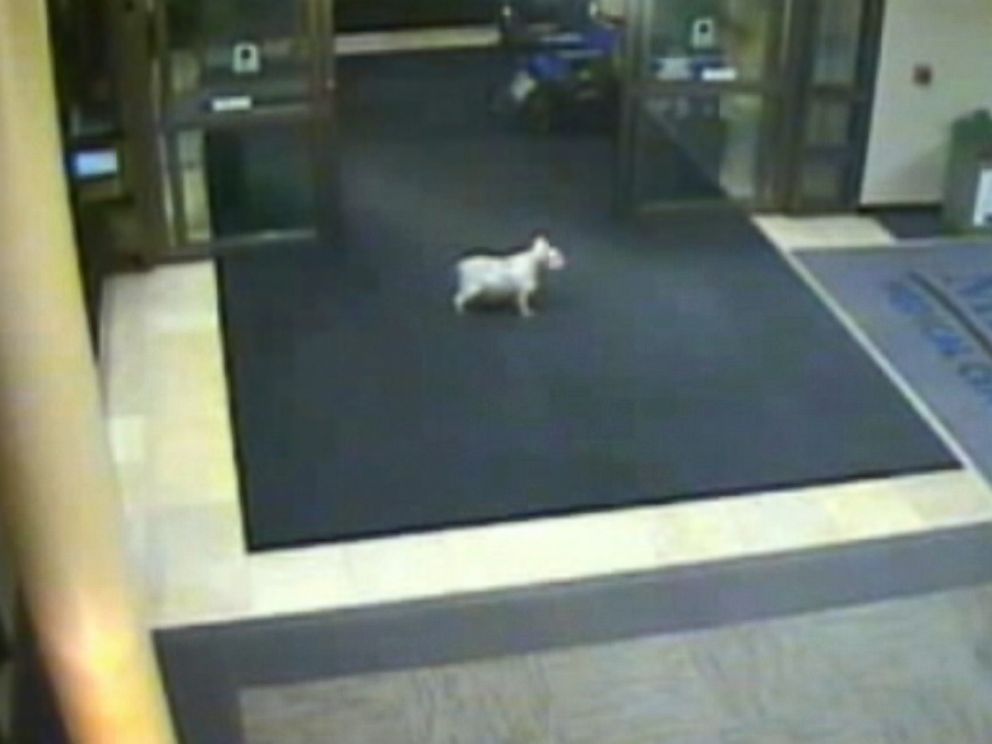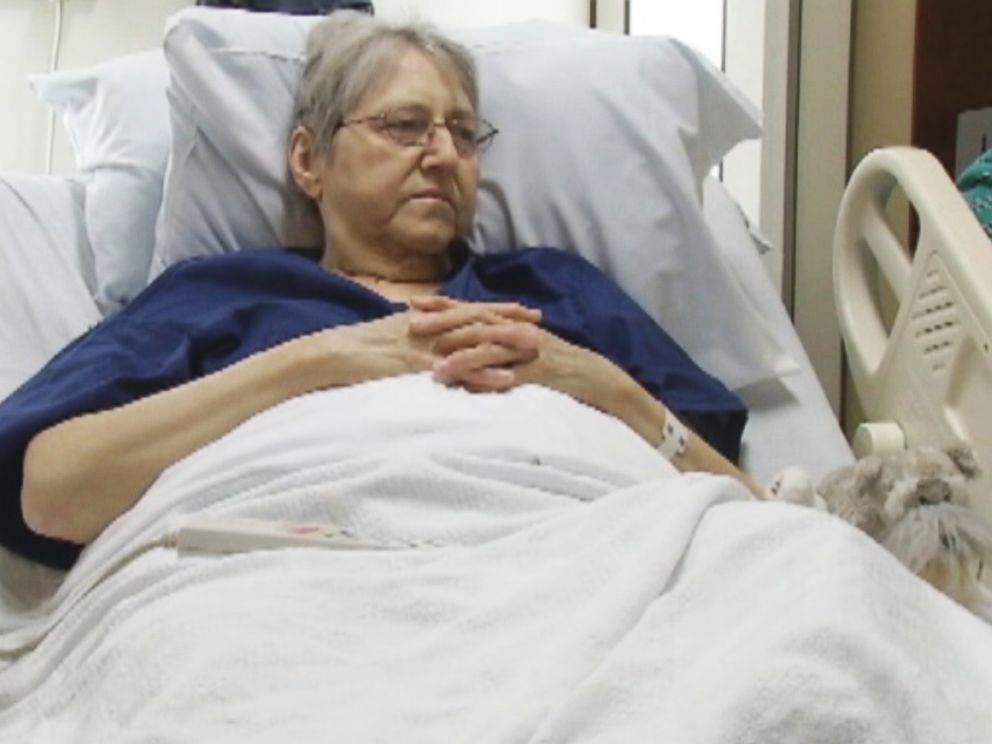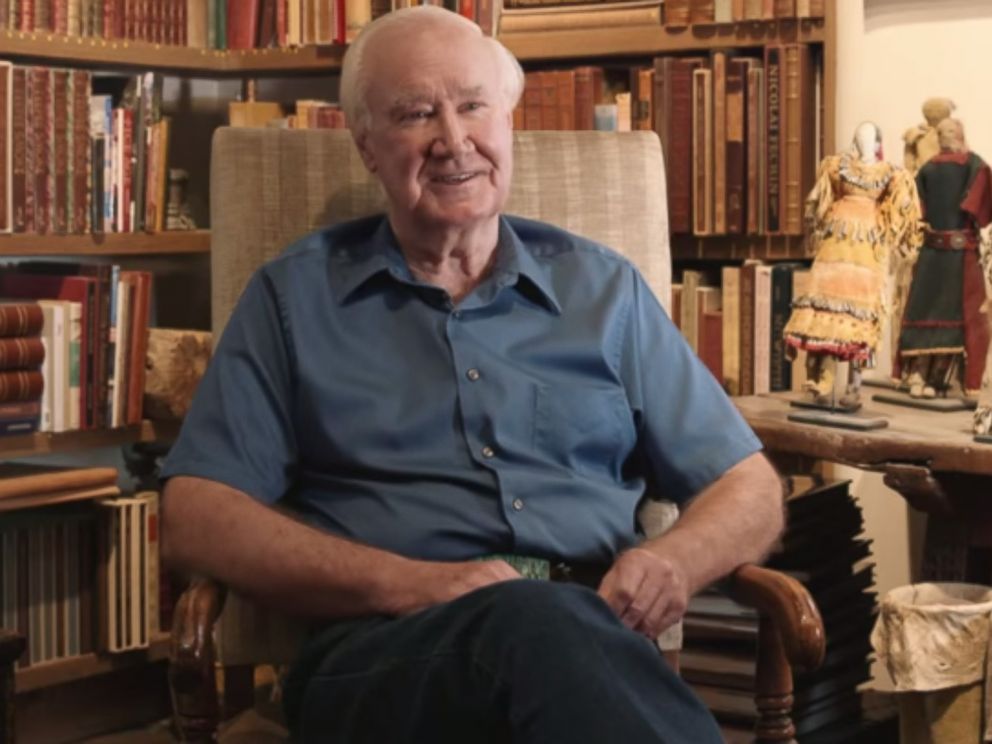MONTPELIER, Vt. (AP) — Promising to fight what he deems "obscene levels" of income disparity and a campaign finance system that is a "real disgrace," independent Vermont Sen. Bernie Sanders said Wednesday he will run for president as a Democrat.
In an interview with The
Associated Press, Sanders confirmed his plans to formally join the race
Thursday.
The self-described
"democratic socialist" enters the race as a robust liberal
alternative to Hillary Rodham Clinton, and he pledged to do more than simply
raise progressive issues or nudge the former secretary of state to the left in
a campaign in which she is heavily favored.
"People should not
underestimate me," Sanders said. "I've run outside of the two-party
system, defeating Democrats and Republicans, taking on big-money candidates
and, you know, I think the message that has resonated in Vermont is a message
that can resonate all over this country."
As he has for months in
prospective campaign stops in the early voting states, and throughout his
political career, the former mayor of Burlington, Vermont, on Wednesday
assailed an economic system that he said has devolved over the past 40 years
and eradicated the nation's middle class.
"What we have seen is
that while the average person is working longer hours for lower wages, we have
seen a huge increase in income and wealth inequality, which is now reaching
obscene levels," Sanders told the AP.
"This is a rigged
economy, which works for the rich and the powerful, and is not working for
ordinary Americans. ... You know, this country just does not belong to a
handful of billionaires."
The son of an immigrant
from Poland who sold paint for a living in Brooklyn, Sanders has for decades
championed working-class Americans. He lost several statewide races in the
1970s before he was elected mayor of Burlington in 1981, and went on to
represent Vermont in the U.S. House for 16 years before his election to the
Senate in 2006.
An independent in the
Senate, he caucuses with Democrats in Washington and he is likely to attract
some interest from voters who have unsuccessfully sought to draft Massachusetts
Sen. Elizabeth Warren to join the race.
But Sanders rejected the
idea his appeal is limited to voters on the left, boldly predicting Wednesday
that his message would appeal to both fellow independents and Republicans.
Sanders said he would
release "very specific proposals" to raise taxes on wealthy Americans
and corporations, as well as offer tuition-free education at all public
colleges and universities. He touched on his past opposition to free-trade
agreements, his support for heavier regulations of Wall Street and the nation's
banking industry, and his vote against the Keystone XL oil pipeline as a
preview of his campaign.
"So to me, the
question is whose views come closer to representing the vast majority of
working people in this country," Sanders said. "And you know what? I
think my views do."
The 73-year-old Sanders
starts his campaign as an undisputed underdog against Clinton. Sanders said he
has known the former first lady, senator from New York and secretary of state
for more than two decades. "I respect her and like her," he said.
He noted he has "never
run a negative ad in my life," but still drew a distinction with Clinton
in the interview, promising to talk "very strongly about the need not to
get involved in perpetual warfare in the Middle East."
"I voted against the
war in Iraq," he said. "Secretary Clinton voted for it when she was
in the Senate."
Clinton is hosting a
series of fundraisers this week, starting what could be an effort that raises
more than $1 billion. Sanders said he will make money and politics a central
theme of his campaign, including a call for a constitutional amendment to
overturn the U.S. Supreme Court's 2010 Citizens United decision, which he
blames for unleashing a torrent of money from wealthy donors into politics.
"What you're looking
at here is a real disgrace," he said. "It is an undermining of
American democracy.
"But can we raise the
hundreds of millions of dollars that we need, primarily through small campaign
contributions to run a strong campaign? And I have concluded that I think there
is a real chance that we can do that."
Sanders is the first major
challenger to enter the race against Clinton, who earlier this month became the
first Democrat to formally declare her intention to run for president. He is
likely to be joined in the coming months by former Maryland Gov. Martin
O'Malley, former Virginia Sen. Jim Webb and ex-Rhode Island Gov. Lincoln
Chafee.
























